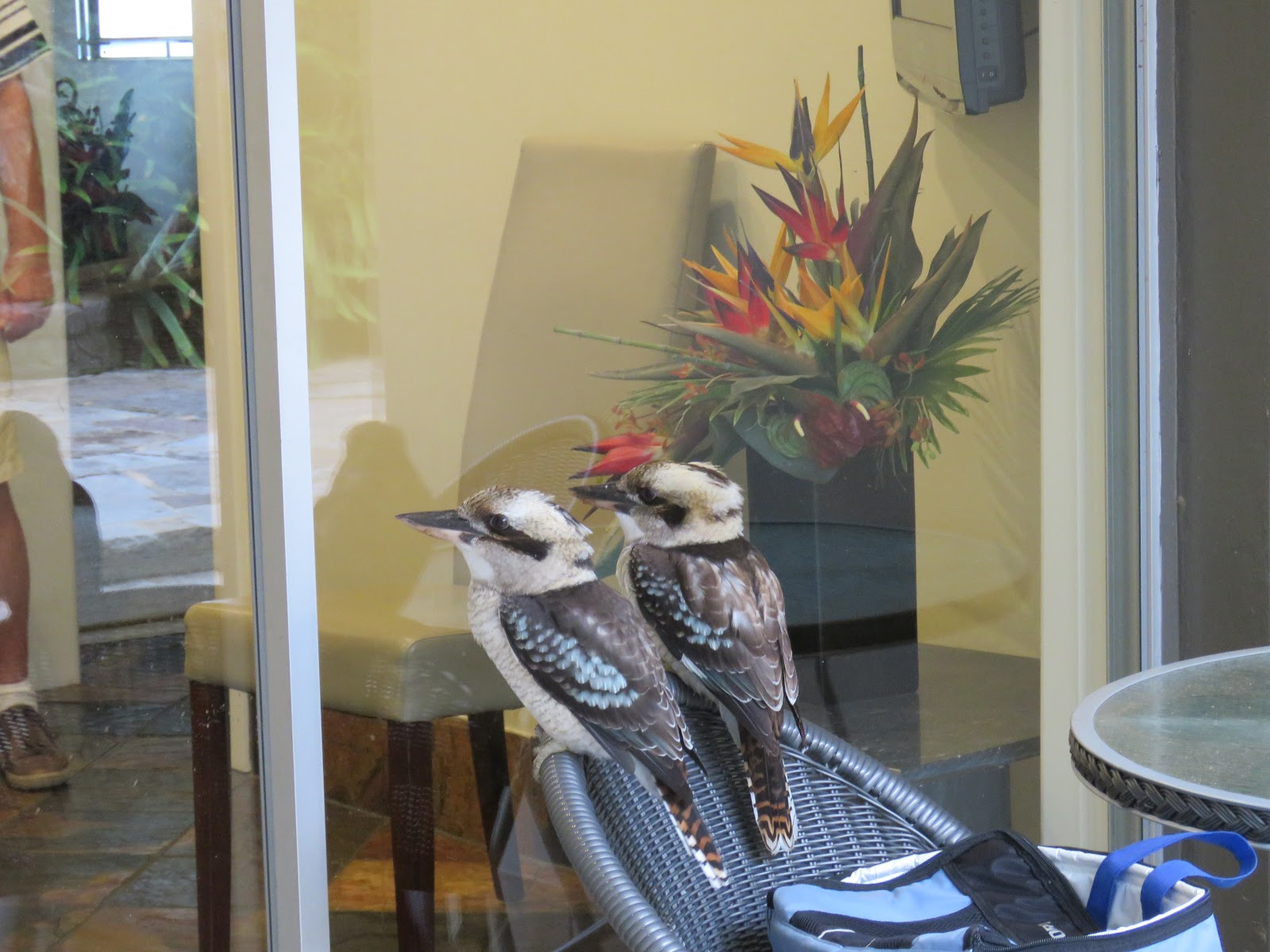 |
| And, there she was, Ms. Bushbuck, on the bottom step of our veranda with her precious newborn, proudly showing her off. |
“Sighting of the Day in the Bush”
 |
| This newspaper article appeared in yesterday’s local paper, definitely befitting a “Sighting of the Day in the Bush! |
It’s 4:30 pm, and we just returned from Kruger National Park after an exciting and harrowing day which we’ll share in tomorrow’s post. WoW! All I can say is…
 |
| We recognized this mom based on her “dots” formation and how readily she approached us. She’s been visiting us every day over the past several weeks. |
 |
| The baby wasn’t quite sure what to do when she had never seen a pellet before. She didn’t partake, only watching her mom take them from my hand. |
 |
| She was curious as to what was transpiring and showed no fear. |
 |
| When we fed mom the pellets, the baby hung around but soon lost interest and wandered a few meters away. |
 |
| Mom stopped eating to check on the whereabouts of her infant. |
 |
| We were thrilled and surprised to see Ms. Bushbuck returned with her tiny newborn. |
 |
| At first, as they approached, the baby was a little hesitant. But, mom, knowing she needed to nurse, wanted all the sustenance she could get. She ate her fair share of pellets. |
 |
| She’s a proud and happy mom, very young herself. |
Safari luck? Perhaps. Or, maybe we happen to be in the right place at the right time. However, in our heart of hearts, we’d like to believe that somehow, just somehow, our love of nature has put us in these divine situations because we belong here.
Photo from one year ago today, March 16, 2017:
 |
| The Esplanade, a walkway along the shore in Circular Quay in Sydney, Australia. For more photos, please click here. |






























































































